Report this entry
More from the same community-collection
Butterfield ---El Paso Museum of History
The Butterfield Trail exhibit at the Museum of History. ...
First Mayor of El Paso, Benjamin Dowell
First mayor of El Paso Benjamin Shacklett Dowell came to El Paso ...
Distributing Gifts at Sun Carnival Event
Dr. Schuessler, Dean Miller, Sun Queen Pamela Ann MacGuire.
Sun Carnival Coronation and Sun Court Committee
Left to right are :Dean C. Miller, V. P, Mrs. Hidler, Mrs. ...
Annual Sun Bowl Parade - State National Bank - 1941
The Sun Bowl was chartered in 1934 making it the second oldest ...
El Paso County Medical Society Exhibit
The El Paso County Medical Society (EPCMS) was established in ...











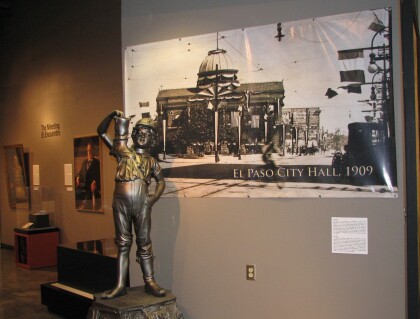
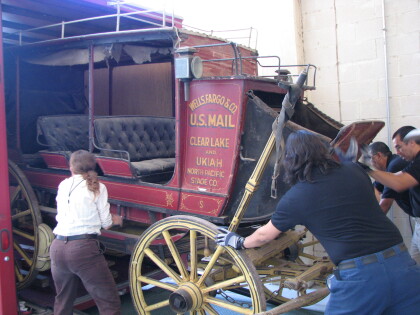
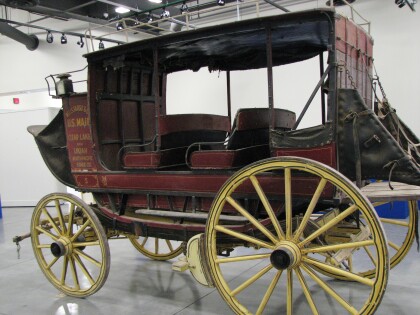
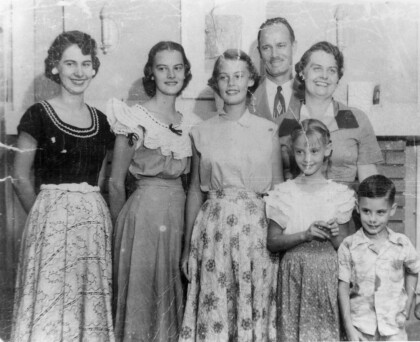
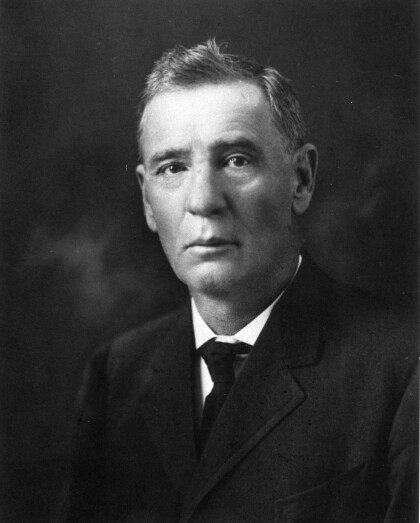
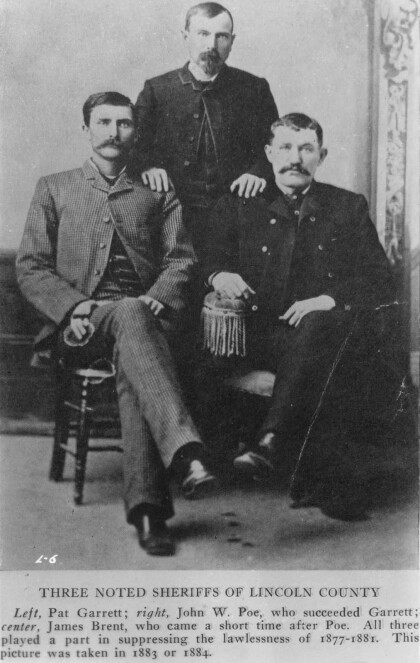
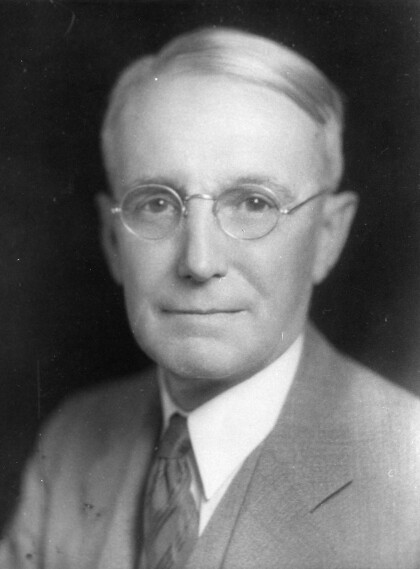
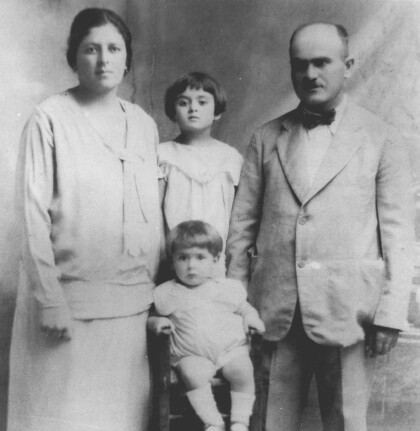
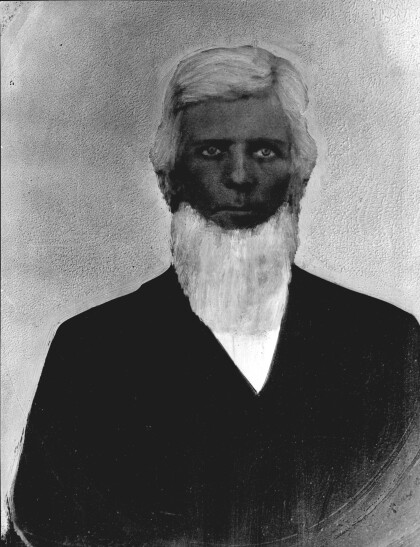

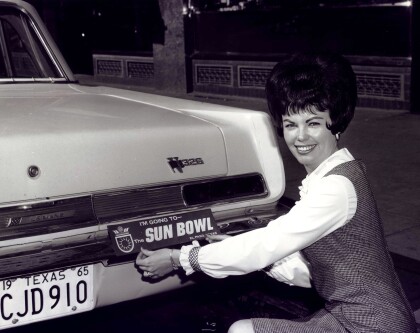
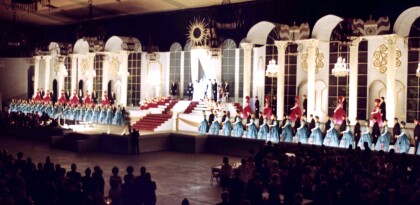
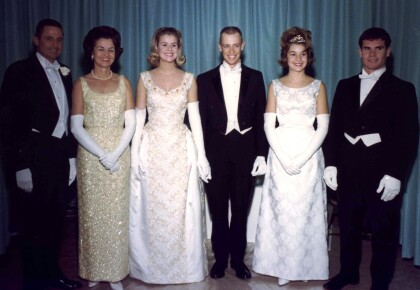
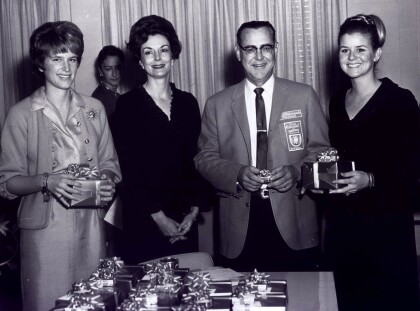
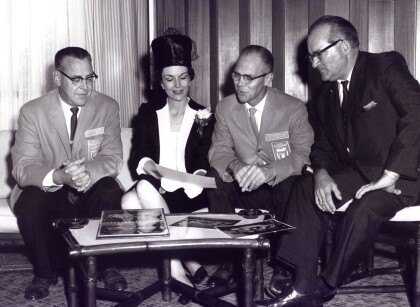
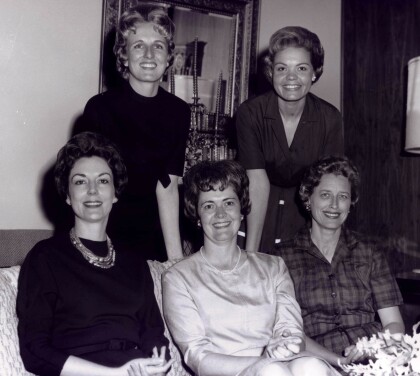
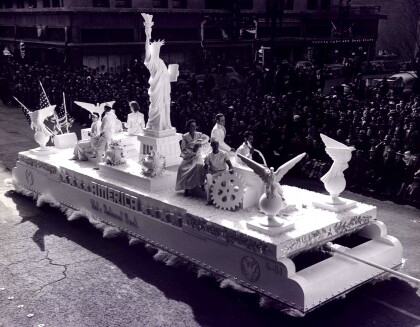
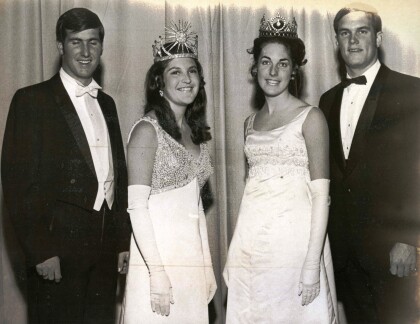
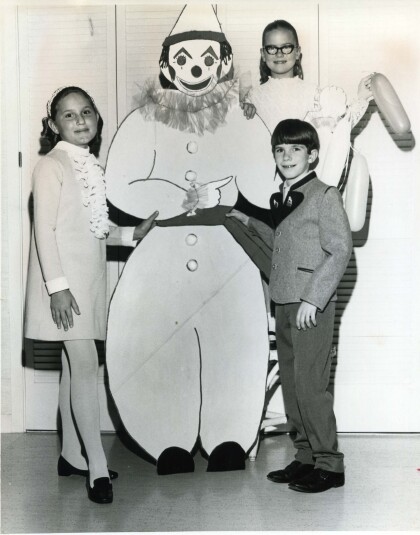
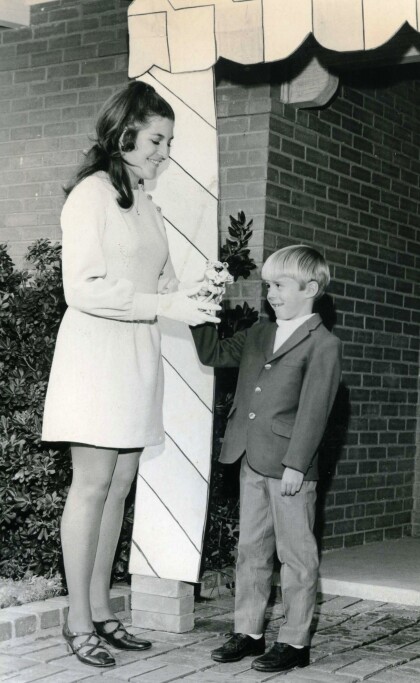
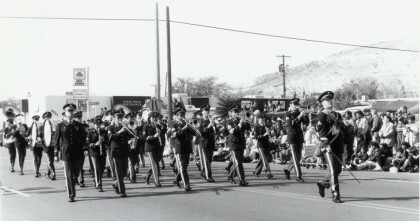
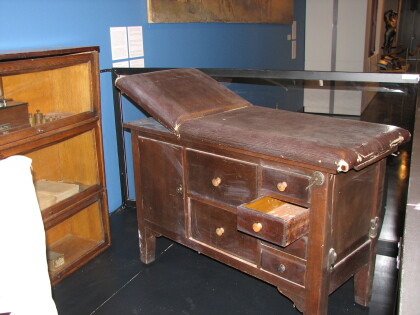
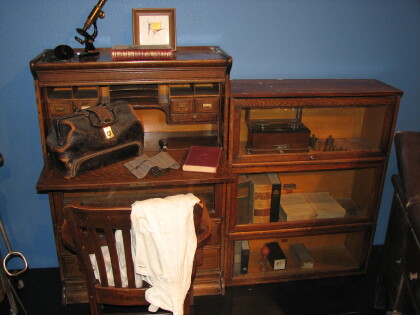
Comments
Add a comment